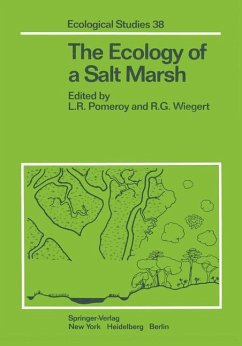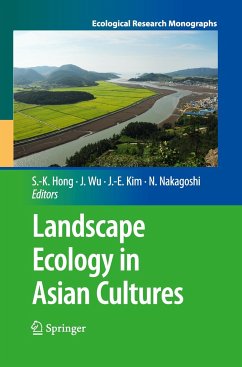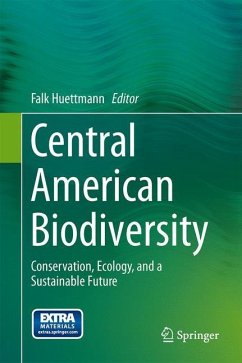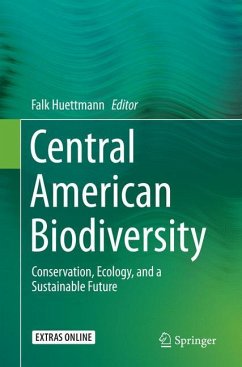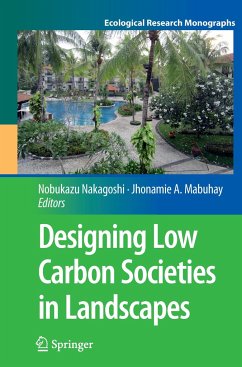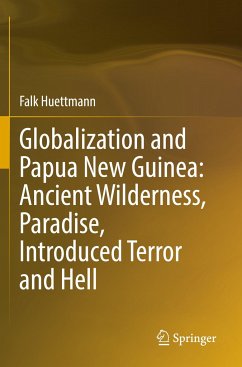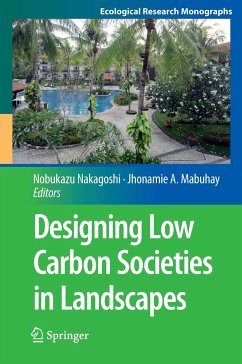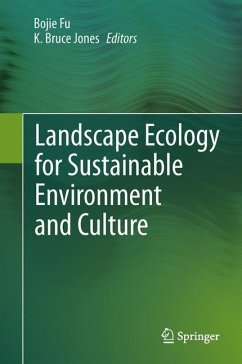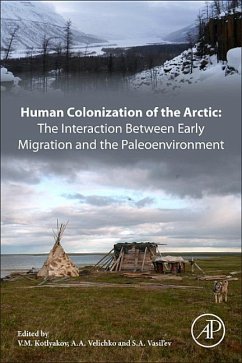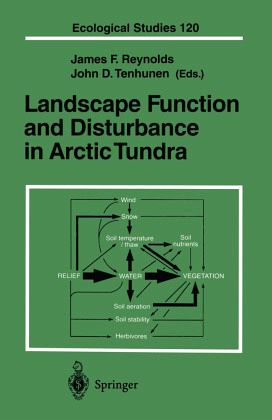
Landscape Function and Disturbance in Arctic Tundra

PAYBACK Punkte
20 °P sammeln!
Following the discovery of large petroleum reserves in northern Alaska, the US Department of Energy implemented an integrated field and modeling study to help define potential impacts of energy-related disturbances on tundra ecosystems. This volume presents major findings from this study. A broad range of basic and applied research topics are examined, ranging from ecosystem physiology and biogeochemistry to landscape models that quantify the impact of road-building on tundra hydrology and ecosystem structure. It is an important resource for researchers and students interested in arctic ecolog...
Following the discovery of large petroleum reserves in northern Alaska, the US Department of Energy implemented an integrated field and modeling study to help define potential impacts of energy-related disturbances on tundra ecosystems. This volume presents major findings from this study. A broad range of basic and applied research topics are examined, ranging from ecosystem physiology and biogeochemistry to landscape models that quantify the impact of road-building on tundra hydrology and ecosystem structure.
It is an important resource for researchers and students interested in arctic ecology, as well as for environmental managers concerned with practical issues of disturbances.
It is an important resource for researchers and students interested in arctic ecology, as well as for environmental managers concerned with practical issues of disturbances.





